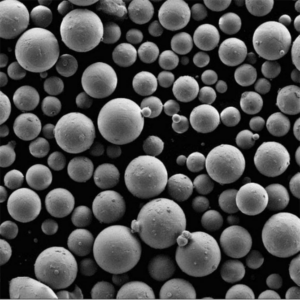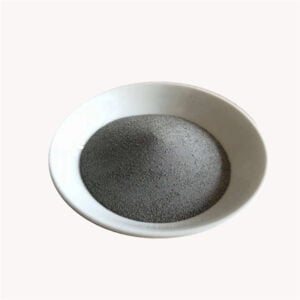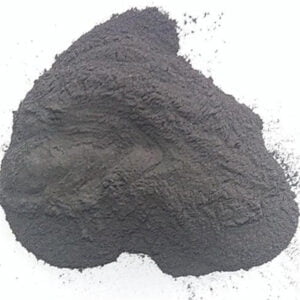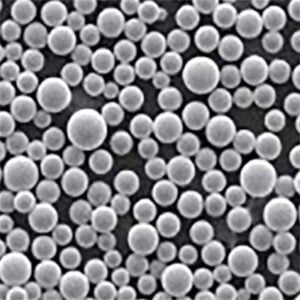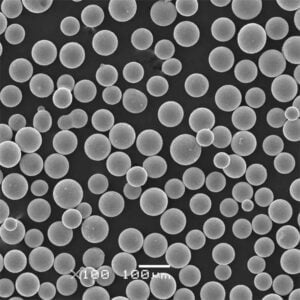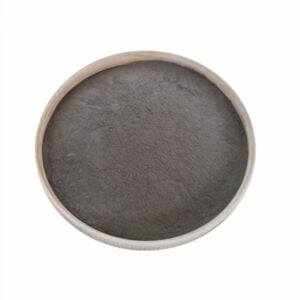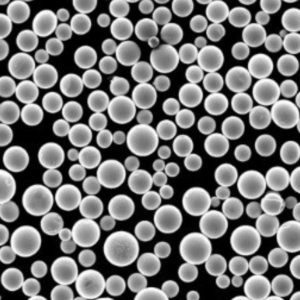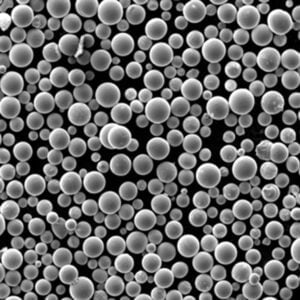プラズマアトマイズと他の金属粉末製造との比較
目次
粘土や木材ではなく、まるで魔法のような小さな金属粒子から複雑なオブジェを彫刻することを想像してみてほしい。この未来的なビジョンが、この革新的な世界を支えている。 アディティブ・マニュファクチャリング(AM)3Dプリンティングとしても知られている。しかし、これらの金属ブロックは 金属粉, 専門的な作成プロセスが必要である。 プラズマ霧化 が中心となる。
しかし、プラズマアトマイゼーションとは一体何なのか、他の金属粉末製造方法と比較してどうなのか? シートベルトを締めて、金属粉製造の核心に迫る旅に出よう!
金属粉末:新時代の構成要素
金属粉末は、細かく分割された金属粒子であり、その大きさは通常10~150マイクロメートル(μm)である。これらの小さな巨人は 特異な性質 のようなものだ:
- 高い流動性: 移動も梱包も簡単で、AMプロセスに理想的だ。
- 球形: これにより、安定した充填密度を確保し、最終製品のボイドを最小限に抑えることができる。
- 高純度: 不純物が少ないため、最終製品の機械的特性が優れている。
これらの驚くべき特性 金属粉末は、以下のようなさまざまな産業で重宝されている:
- 航空宇宙 ロケットや飛行機用の軽量で高強度な部品。
- 自動車: 複雑なエンジン部品や軽量な車体を作る。
- メディカルだ: 生体適合性インプラントとカスタム補綴物。
- 家電製品: 複雑なアンテナ構造とヒートシンク。
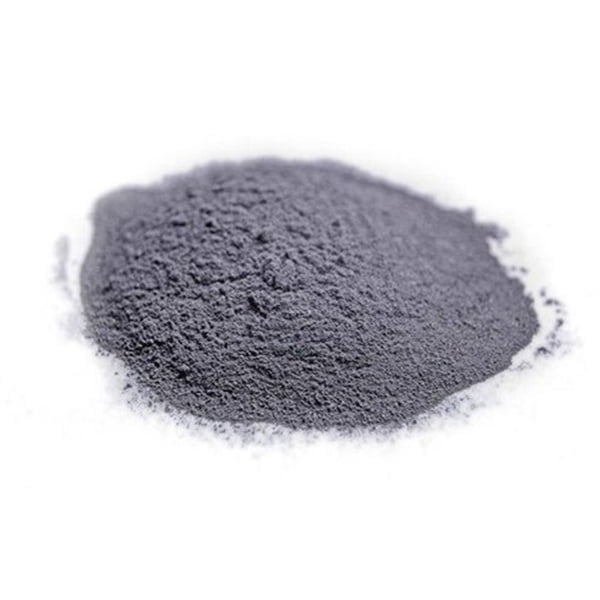
プラズマの力:テクノロジーを解き明かす
プラズマアトマイズ(PA) は 高エネルギープロセス プラズマと呼ばれる電離した気体を利用する。 金属粉.PAを支えるマジックの内訳は以下の通り:
- 原料の準備 目的の金属は、通常はワイヤーまたはロッドの形で、システムに供給される。
- プラズマ発生: 不活性ガス(アルゴンやヘリウムなど)を電気アークで過熱し、超高温(約15,000℃)のプラズマに変える。
- 霧化: 溶融金属原料は高速プラズマ流に注入され、微細な液滴に分解される。
- 固化: 急速に冷却された液滴は空中で固化し、球状の金属粉末粒子を形成する。
- 収集と分類: 粉末は回収され、冷却された後、特定の用途要件に基づいてさまざまなサイズにふるい分けられる。
機械的粉砕のような従来の方法と比較してPAにはいくつかの利点がある:
- より細かく、より球状の粉末粒子: これにより、流動性、充填密度、最終製品の品質が向上する。
- より高い純度: プラズマチャンバー内の高温は、酸化と汚染を最小限に抑える。
- 粉末のサイズと形態をより細かく制御: PAでは、粉体の特性を特定のニーズに合わせて調整することができる。
しかし、PAには独自のセットもある。 課題:
- 高いエネルギー消費: このプロセスには大きな電力が必要で、環境フットプリントとコストに影響する。
- 複雑で高価な機器: PAシステムの設置や維持は、他の方法に比べて資本集約的である。
- 材料の互換性には制限がある: すべての金属がプラズマ流の極端な温度に耐えられるわけではないので、製造される粉末の種類が制限される。
選択肢の風景:他の選択肢を探る 金属粉末 生産方法
特定の用途ではPAが頂点に君臨しているが、金属粉末の製造には他にもいくつかの方法が用いられており、それぞれに長所と限界がある:
| 方法 | 説明 | メリット | デメリット |
|---|---|---|---|
| ガスアトマイゼーション(GA) | PAと似ているが、霧化のためにプラズマの代わりに高速不活性ガス流を使用する。 | PAよりもエネルギー消費量が少なく、幅広い材料に対応。 | PAに比べ、粒子が粗く、球形でない。 |
| 水噴霧(WA) | 高圧ウォータージェットで溶融金属を噴霧化する。 | コストパフォーマンスが高く、大量生産に適している。 | 比較的高い酸化物含有量、不規則な粒子形状、限られたサイズコントロール。 |
| 遠心霧化(CA) | 溶融金属は、回転する円盤から出るときに遠心力によって霧化される。 | 生産量が多く、低融点金属に適している。 | 生分解性、生分解性。 |
| ー電解霧化() | ったな金属イオンを生じてむむな。 | 用高純度パウダー。 | 生 産速度が生、生 産エネルギー消費高。 |
活躍する金属粉:アプリケーションのショーケース
The specific type of metal powder chosen for an application depends on various factors, including:
- 望ましい最終製品の特性: ー強度・重量・耐食性等ー
- 使用したAMプロセス: それぞれのAMプロセスには、特定の粉末サイズと流動性の要件があるかもしれない。
- コスト面: 生産方法が異なれば、それに伴うコストも異なる。
以下はその一部である。 金属粉末の具体例とその用途:
| 金属粉末 | 構成 | 製造方法 | アプリケーション |
|---|---|---|---|
| チタン(Ti)粉末: | > 99% Ti | PA、GA | 航空宇宙部品(航空機着陸装置、ロケットエンジン部品など)、生物医学インプラント、スポーツ用品 |
| アルミニウム(Al)粉末: | > 99% Al | WA、GA | 自動車部品(エンジンブロック、ヒートシンクなど)、家電製品(ハウジング、ヒートシンクなど)、食品パッケージング |
| ステンレス鋼(SS)粉末: | SSのグレードによって異なる | PA、GA | 医療器具、化学処理装置、宝飾品、工具 |
| ニッケル(Ni)粉末: | > 99% Ni | PA、GA | 高温用超合金部品(タービンブレード、熱交換器など)、電池電極 |
| コバルト(Co)粉末: | > 99% Co | PA、GA | 耐摩耗性ハードフェーシング材、歯科インプラント、磁気部品 |
このリストはすべてを網羅しているわけではなく、常に新しい金属粉末や用途が開発されていることに注意することが重要である。 AM技術が進化し続けるにつれて、高品質で多様な金属粉末の需要は大きく伸びると予想される。
進歩の代償:コストに関する考察
のコスト 金属粉 は、以下のようないくつかの要因によって変化する:
- 金属タイプ: レアメタルやエキゾチックメタルは一般的に、一般的な金属よりも高価である。
- 製造方法: PAパウダーは通常、WAやCAのような方法で製造されたものよりも、エネルギー消費量や設備コストが高いため高価である。
- 粉末の純度とサイズ: 高純度で特定のサイズ範囲のものは、プレミアム価格がつく。
AMアプリケーション用の金属粉末を選択する際には、プロジェクト全体のコストに大きく影響する可能性があるため、コスト要因を考慮することが極めて重要です。 AMプロジェクトを成功させるには、コスト、性能、望ましい特性の適切なバランスを見つけることが鍵となる。

よくあるご質問
Q: 金属粉にはどのような種類がありますか?
A: 先に述べたように、様々な金属粉が存在し、最も一般的なものはチタン、アルミニウム、ステンレス鋼、ニッケル、コバルトをベースとしたものです。それぞれの素材はユニークな特性を持ち、特定の用途に適しています。
Q: 金属粉末は3Dプリンティングでどのように使われるのですか?
A: 金属粉末は3Dプリンターに装填され、デジタルデザインに基づいて層ごとに選択的に蒸着されます。そして、蒸着された層が融合し、三次元の物体が出来上がります。
Q: 金属粉末を選ぶ際に考慮すべき重要な要素は何ですか?
A: 望まれる最終製品の特性(強度、重量など)、選択したAMプロセスとの適合性、コスト面、特定の用途要件など、いくつかの要素が関係します。
Q: 金属粉末製造の今後のトレンドは?
A: 将来的には、PA技術が進歩し、エネルギー効率とコスト効率が向上することが期待されます。さらに、特性を向上させた新しい金属粉末を開発し、AMアプリケーションに適した材料の範囲を拡大するための研究も進行中です。
そのユニークな特性と多様な用途により、金属粉末技術は、製造業の未来を形作る上で極めて重要な役割を果たす態勢を整えている。 様々な製造方法、利用可能な材料、重要な考慮事項を理解することで、ユーザーは金属粉末の大きな可能性を引き出し、様々な産業における画期的な進歩に貢献することができる。
シェアする
MET3DP Technology Co., LTDは、中国青島に本社を置く積層造形ソリューションのリーディングプロバイダーです。弊社は3Dプリンティング装置と工業用途の高性能金属粉末を専門としています。
関連記事
Met3DPについて
最新情報
製品

3Dプリンティングと積層造形用金属粉末






